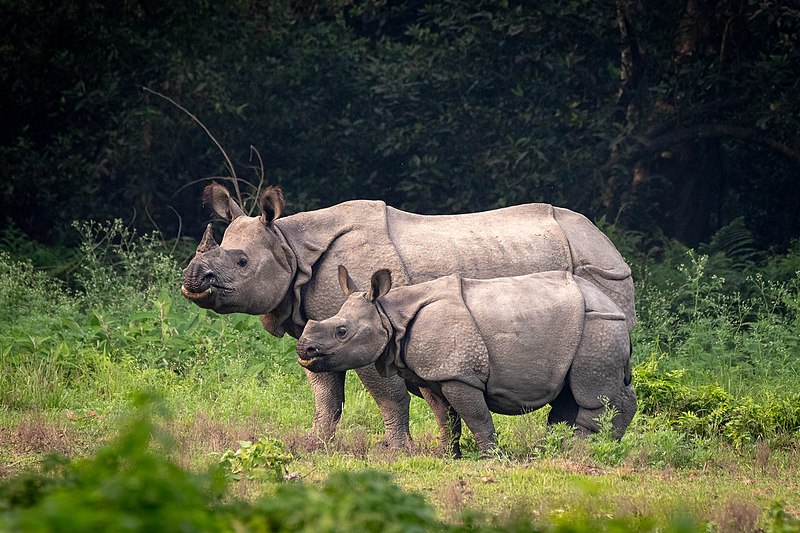The International Rhino Foundation (IRF) released the findings saying that India’s Assam province just finished their yearly census to deliver the good news. Over 70 per cent of the Greater one-horned Rhino population live in this area with numbers soaring over the past years due to visitors being kept out, amid the pandemic.
Assam has seen an increase of 275 Rhinos compared to their last consensus.
The species can also be found in Nepal with the IRF saying that “stricter protection and conservation measures” brought in by both governments are responsible for the population boom. Their roaming areas have been expanded by over 600km with visitors unable to go into the Kaziranga and Orang National Parks during breeding season.
IRF has said that they will support the Indian and Nepalese governments in creating stricter laws for poachers.
“[We will support] them by purchasing vehicles and equipment needed for anti-poaching patrols and providing training for forest guards and other law enforcement officers on wildlife law, crime scene investigation, evidence collection and case preparation.”

“The species is still classified as vulnerable and inhabits only a fraction of its former range, and with rhino horn in high-demand, well-armed organised gangs of poachers continue to threaten India and Nepal’s rhinos.
While it’s good news for these rhinos, their counterparts throughout Asia are critically endangered. Black, Javan and Sumatran rhinos have seen a large decrease in their population with less than 30,000 found in the wild today.






